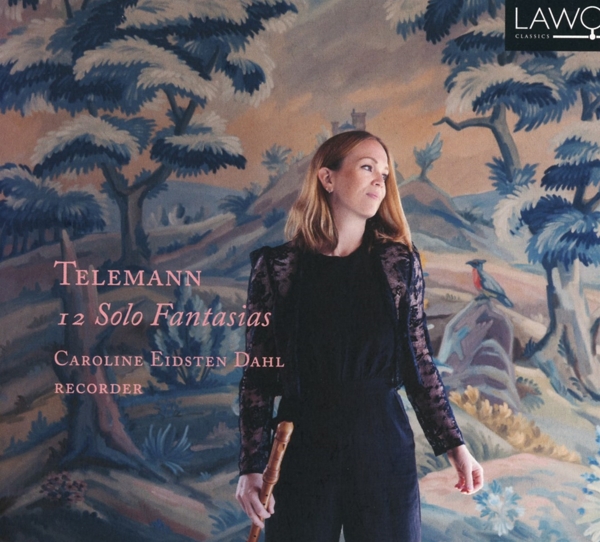Zubehör |
Mein Konto
|
Anmelden
|
Deutsch |
€ Euro |
erweiterte Suche
|
Alle Kategorien
BEST SELLER
500
NEUHEITEN
9.170
ANGEBOTE
229.074
Bisherige Auswahl:
keine Auswahl
Ergebnis einschränken:
TECHNIK
265.722
MUSIK
708.091
Sinfonische Musik
13.083
- Akkordeon
23
- Alte Instrumente
16
- Blockflöte
12
- Cello
123
- Cembalo
218
- Fagott
5
- Flöte
54
- Gitarre
311
- Harfe
44
- Horn
3
- Klarinette
22
- Klavichord
44
- Klavier
2.374
- Kontrabass
5
- Laute
106
- Mandoline
11
- Oboe
8
- Orgel
529
- Posaune
4
- Saxophon
12
- Schlaginstrument
16
- Sonst.Soloinstrumen.
1.707
- Trompete
11
- Viola
29
- Violine
197
Sonstige Klassik
4.268
|
Musik Filme Hörbücher Merchandise Kinder |




















